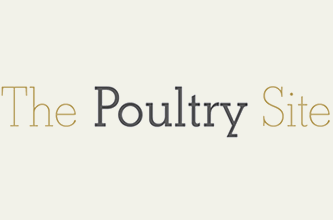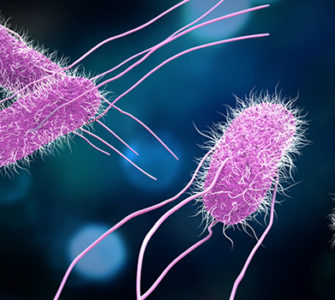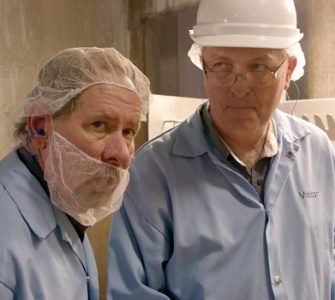US Poultry Industry Responds to New Food Safety Proposal
US – The industry body, the National Chicken Council and one poultry processor have welcomed the aims of the recently announced proposal to reduce Salmonella and Campylobacter on poultry parts, highlighting the progress that has been made in this area in the last decade.
Commenting on the new proposal from the USDA Food Safety Inspection Service (FSIS), National Chicken Council (NCC) vice president of scientific and regulatory affairs, Ashley Peterson, PhD, said: “Food safety is the top priority for companies that produce and process chicken products in the United States, and the industry prides itself on an excellent track record of delivering safe, affordable and wholesome food both domestically and abroad.
“According to the most recent FSIS Quarterly Progress Report:
- For the first quarter of 2008 through the first quarter of 2014, the industry has reduced the occurrence of Salmonella on whole chickens by 63 per cent and
- Since FSIS began testing chicken for Campylobacter in 2011, the industry has reduced the incidence by 30 per cent.
“But we’re working every day to improve. Since the fall of 2013, NCC and our members have been collectively exploring all options to reduce contamination on chicken parts in order to provide the safest product possible to our consumers, including strengthened sanitation programs, temperature controls and various interventions in chicken processing. This is something the industry has been proactively working to address, so when the performance standards for chicken parts are put in place by FSIS, we will be meeting or exceeding the standards, as we currently do for whole carcasses.
“We look forward to reviewing the proposed new federal standards in their entirety and providing comments to the agency.
“Even though we’ve collectively made tremendous progress in reducing Salmonella on raw chicken to all-time low levels, the fact is any raw agricultural product, whether its fresh fruit, vegetables, meat or poultry, is susceptible to naturally occurring bacteria that could make someone sick if improperly handled or cooked. Our members are investing heavily in food safety research and are using the best science, research and technology available to break the chain of Salmonella at every stage of production. Coupled with continuous USDA inspection and proper handling and cooking to 165°F, chicken is safe to eat 100 per cent of the time,” added Dr Petersen.
In a statement, California-based poultry processor, Foster Farms, reaffirmed its commitment to maintaining Salmonella prevalence levels below five per cent. Foster Farms has maintained an average Salmonella prevalence level of two per cent for the last nine consecutive months. This performance record is the result of a $75 million food safety programme launched in 2013.
The company’s President and CEO, Ron Foster, said: “We support the USDA in taking this critical step to advance food safety across the poultry industry. Foster Farms has made a tremendous investment to ensure that our practices represent the very best in the industry. We stand by our commitment to lead the industry with Salmonella prevalence levels of less than five per cent. We remain dedicated to continuous food safety advances.”
Prior to today’s FSIS announcement, there was no established regulatory standard for raw poultry parts, though the most recent 2011-2012 reported industry average was 25 per cent. Foster Farms has worked closely with the USDA, CDC, poultry industry and retailers to share its knowledge in controlling Salmonella in the interest of creating a safer food supply system nationwide. The company continues to draw on the best food safety advice in and outside of the poultry industry through its Food Safety Advisory Board.
In 2013, Foster Farms implemented a $75-million food safety programme that effectively reduced Salmonella system-wide from the breeder level, to the farms where the birds are raised and to the plants where the chicken is processed and packaged. This included improvements to equipment and processes, the implementation of a continuous testing program and food safety education.
Foster Farms’ multi-hurdle programme has been credited by the CDC and the USDA for its consistent control of Salmonella in raw chicken. The company has also been recognised for its leadership in controlling Salmonella by US Senator Dianne Feinstein, a champion of improved food safety. Based on the programme’s success, Foster Farms is sharing data and insights with other poultry and meat producers. As part of this collaboration, Dr Robert O’Connor, Foster Farms’ Senior Vice President for Technical Services, leads an NCC committee on Salmonella reduction at the parts level and has informed retailers in their development of vendor protocols.
Article courtesy of ThePoultrySite.com
Posted on January 28, 2015

















